Nichelle Nichols, Madison Metropolitan School District Board President | Facebook
Nichelle Nichols, Madison Metropolitan School District Board President | Facebook
Jennifer Laycock’s lifelong commitment to aiding students who are deaf or hard of hearing began with an early fascination with American Sign Language (ASL), inspired by an encounter at a shopping mall during her childhood. This interest prompted her to request a sign language dictionary for Christmas in high school, a decision that has guided her career path ever since.
Currently, Jennifer holds the position of program support teacher for the Madison Metropolitan School District’s (MMSD) deaf and hard of hearing (DHH) program and visual impairment services. She also provides support to the special education team at Hawthorne Elementary School. Her responsibilities span multiple locations, where she coordinates services, conducts assessments, and ensures that students who are deaf or hard of hearing receive the necessary individualized supports to thrive.
MMSD offers services to about 20 students through center-based DHH programs, as well as to additional students through itinerant services at local schools. Support varies depending on the student; some rely on ASL, while others use spoken language or hearing technology, and many benefit from a combination of both. The district employs interpreters, DHH-certified teachers, and audiologists who collaborate with families and educators to create plans that focus on each student’s unique abilities and requirements.
Jennifer’s expertise in both deaf education and special education equips her with the ability to provide tailored support. She recalls one particular student who was initially misdiagnosed with an intellectual disability until it was discovered he was profoundly deaf with limited language access. Appropriate placement with the right supports allowed his learning to flourish. Jennifer is driven by stories like his, emphasizing the importance of recognizing and celebrating students for who they are.
“‘I love the signing, of course, but it’s really about helping people understand that deaf and hard of hearing students are just as capable as anyone else,’” Jennifer remarks. “‘They may learn differently, but they have every bit of the same potential.’”
She highlights the significance of fostering cultural identity and community among her students. “‘Our kids benefit so much from seeing that they’re not alone,’” she explains. “‘Whether it’s another student wearing cochlear implants or hearing aids or connecting with peers and adults who sign, those connections help build confidence.’”
Jennifer’s role involves a wide array of tasks that are deeply personal to her. From conducting early childhood evaluations and participating in Individualized Education Program (IEP) meetings to providing one-on-one instruction and engaging in family outreach, she manages a multitude of responsibilities. Yet, she finds the work rewarding. “‘Some days, I’m at three or four schools. It can be hectic, but the variety is energizing—and our students deserve someone who shows up for them.’”
She also strives to increase awareness of the program. “‘Our program isn’t always in the spotlight,’” she notes. “‘But we have a long, proud history of serving students who are deaf or hard of hearing, and it’s important people know the resources are here.’”
The timing of this emphasis coincides with National Deaf History Month, celebrated annually from March 13 to April 15, a period that honors the contributions of Deaf and Hard of Hearing individuals and underscores the importance of language access and representation—issues central to Jennifer’s daily work.
Jennifer acknowledges that her background in special education has bolstered her capabilities as a DHH educator and sees the two fields as intricately linked and mutually beneficial. “‘I feel lucky to have found my way back to deaf education. It was my first love, and it still fills me with purpose every day.’”
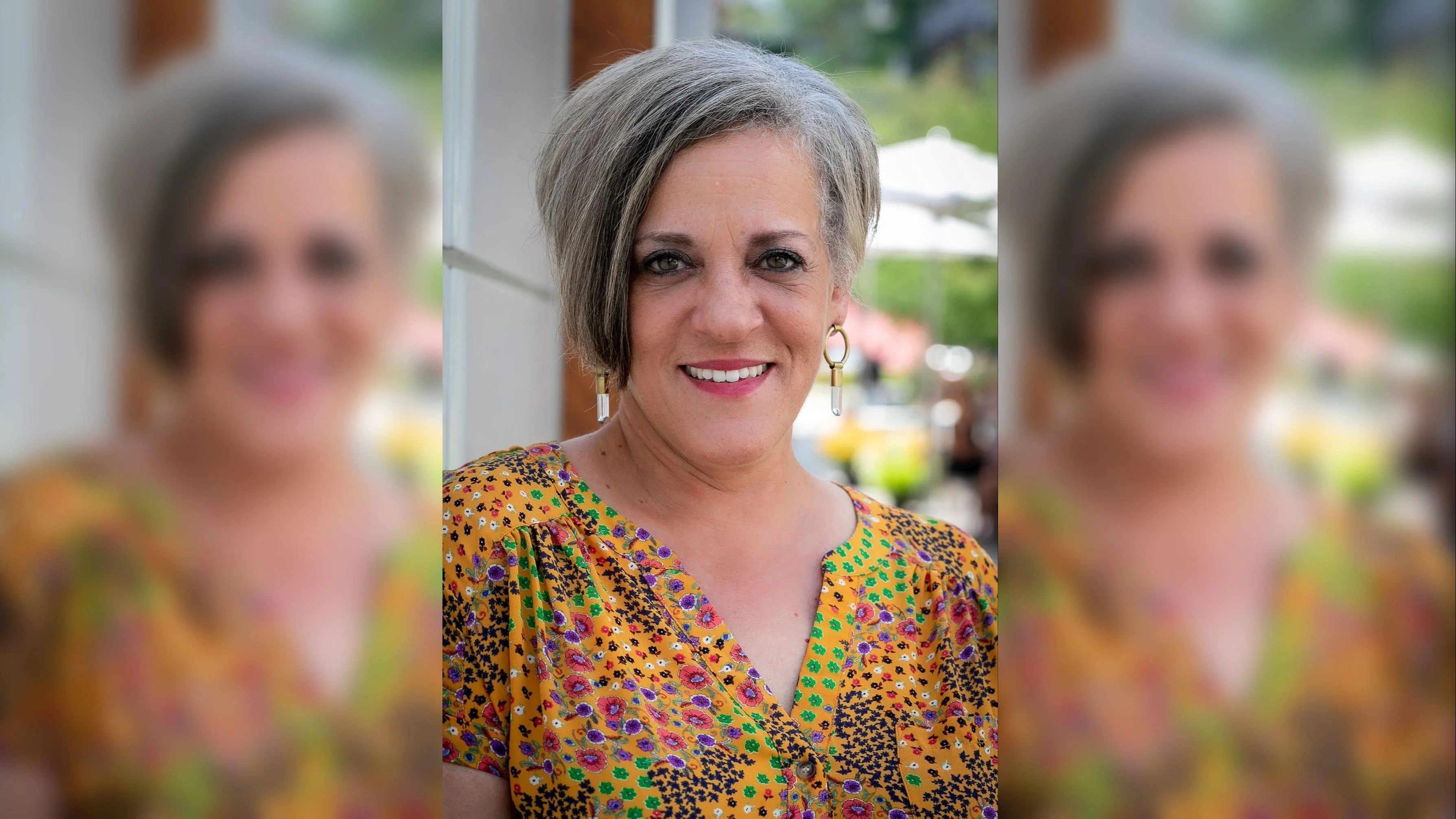
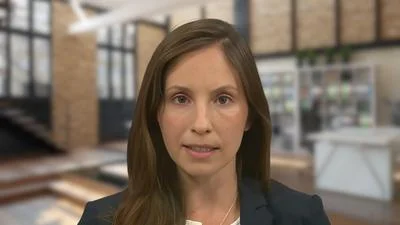
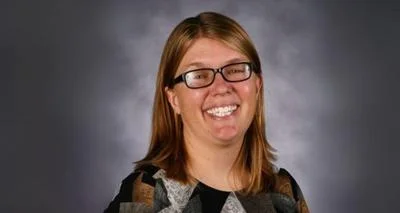
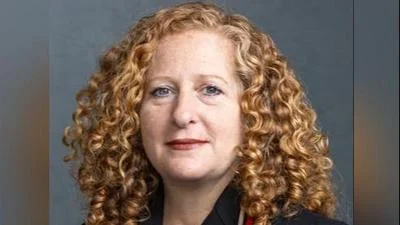

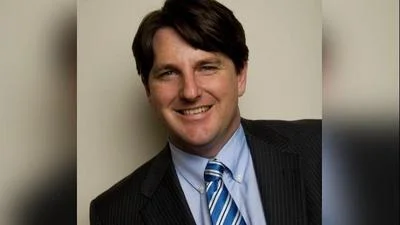
 Alerts Sign-up
Alerts Sign-up